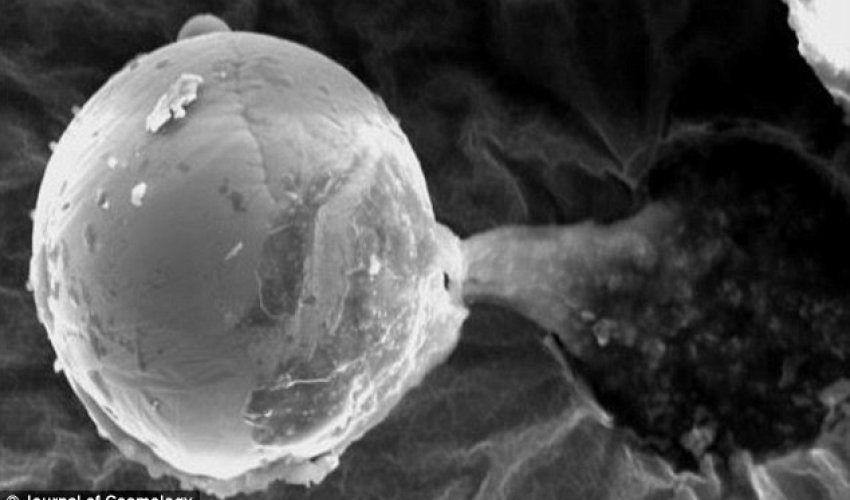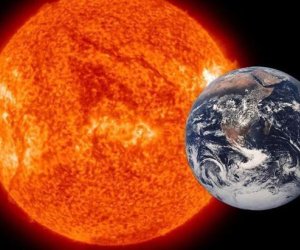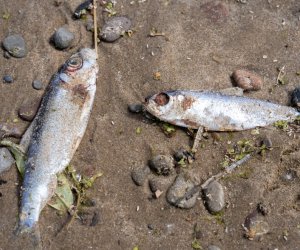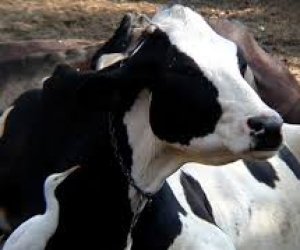Did aliens send this metal orb to seed life on Earth?

Aliens may have sent microorganisms to Earth inside metal balls to create seed life on our planet, an astrobiologist has claimed.
Dr Milton Wainwright claims to have found a tiny metal sphere that was oozing a 'gooey' substance in samples gathered by a balloon in the Earth's stratosphere.
The University of Sheffield and the University of Buckingham scientist says that the ball, which is about the width of a human hair, could be an example of directed panspermia - where life was deliberately sent to Earth by some unknown extraterrestrial civilisation.
He argues that the strange material coming from the titanium ball is biological and could in fact be a colony of tiny microorganisms.
However, he has conceded it is virtually impossible to prove that the tiny sphere was sent by aliens from outer space.
Dr Wainwright said the sphere made a tiny 'impact crater' on the sampler that was attached to the balloon as it collected dust and particles in the atmosphere.
He said: 'The sphere made an impact crater on the sampling stub. This proves beyond doubt that the particle was travelling at speed from space when it was sampled.'
Dr Wainwright and his team discovered the sphere when examining samples of dust and particulate matter collected by a balloon sent around 16 miles into the atmosphere.
Using X-ray analysis to examine the sphere, he concluded that it was made from titanium and traces of vanadium, while the material appearing to come out of the side was biological.
They found that it also had a 'fungus-like knitted mat-like covering'.
He claims that it could have been carried to Earth on a comet or even sent by an unknown civilisation.
Dr Wainwright and his colleagues have published their findings in the Journal of Cosmology but their conclusions have yet to be corroborated by other scientists.
The journal often publishes papers on astrobiology but is highly controversial among scientists as it has been criticised for its peer review process and for publishing papers of a fringe variety.
Two years ago it controversially published a paper that claimed to have identified fossils of microbiotic life in a meteorite, sparking a blaze of publicity, but was also met with a great deal of skepticism.
In the past Professor Wainwright and his team claimed to have found fragments of single celled algae called diatoms in samples taken from the stratosphere.
The idea that life can survive high the Earth's atmosphere, however, is not new. Scientists working with Nasa recently discovered bacteria living up to five miles above the Earth's surface.
However, most scientists believe they are likely to have been carried up from Earth rather than having an extraterrestrial origin.
Air currents and winds are known to be capable of carrying dust and bacteria for hundreds of miles and high into the atmosphere.
But some research has shown that microorganisms can survive the intense heat and pressures of entering the Earth's atmosphere from space, raising the prospect that life may have originally been carried here.
(dailymail.co.uk)
ANN.Az
Similar news
Similar news
Latest news 
More news 



































 Photo
Photo 



 Video
Video 

